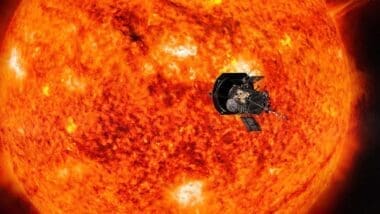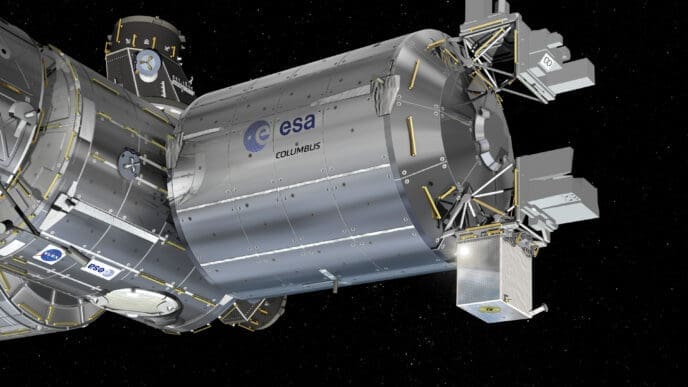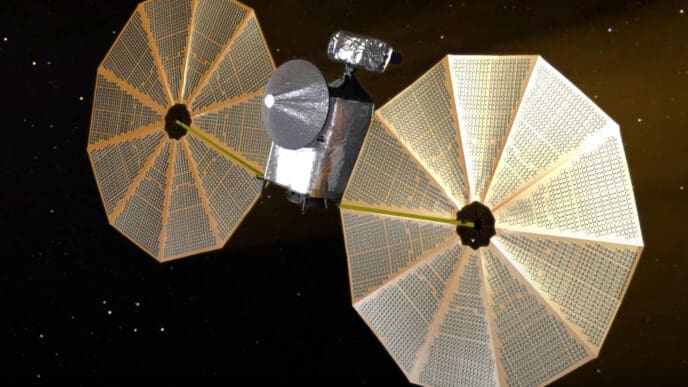On Christmas Eve, NASA’s Parker Solar Probe is set to undertake a historic journey as it draws within 3.8 million miles of the sun’s surface, aiming to capture unprecedented data from this close proximity.
The Parker Solar Probe, launched in 2018, is on a mission to unravel the mysteries of the sun. Scientists are eagerly anticipating that the current turbulent solar conditions might allow the probe to collect unique data. In recent months, the sun has transitioned into a more active phase of its 11-year cycle, marked by frequent solar flares and sunspots. These phenomena have intensified the interest in understanding the sun’s weather patterns.
As the probe nears the sun, it is hoped that it will pass through one of these energetic solar incidents. This would provide invaluable insights into how the sun’s charged particles are accelerated to near-light speeds and reveal details about space weather dynamics. Such information could greatly enhance our understanding not only of our own star but also of others throughout the universe.
The mission team, including Nicholeen Viall, a co-investigator for one of the instruments on board, has expressed excitement about the sun behaving differently than when the probe was first launched. This transition presents a rare opportunity to gather diverse data on solar winds and storms. The resilient design of the Parker Solar Probe has been proven, as it successfully navigated a strong solar flare on the far side of the sun in 2022.
Nour Raouafi, the project scientist for the mission, remarked on the spacecraft’s capability to withstand intense solar activity. The probe’s previous encounter with a coronal mass ejection, which acted like a vacuum cleaner sweeping dust along its path, demonstrated its robustness and reinforced the hypothesis related to solar activity.
While the Parker Solar Probe operates independently during its closest approach, other sun-observing spacecraft like the European Solar Orbiter will monitor any solar flare activity. The probe will check back with mission control via a critical beacon tone by December 27, followed by detailed science data after the new year.
This mission holds the potential to deliver groundbreaking data. As Raouafi mentioned, it is an opportunity to ‘make history’ and significantly expand our comprehension of solar mechanics. The data collected could revolutionize our knowledge of the sun and contribute to broader astrophysical research.
NASA’s Parker Solar Probe, nearing a groundbreaking moment, anticipates valuable encounters with solar phenomena. This mission represents a significant advance in the quest to decode our sun’s behavior, offering insights that could extend beyond our solar system.
Source: Space











